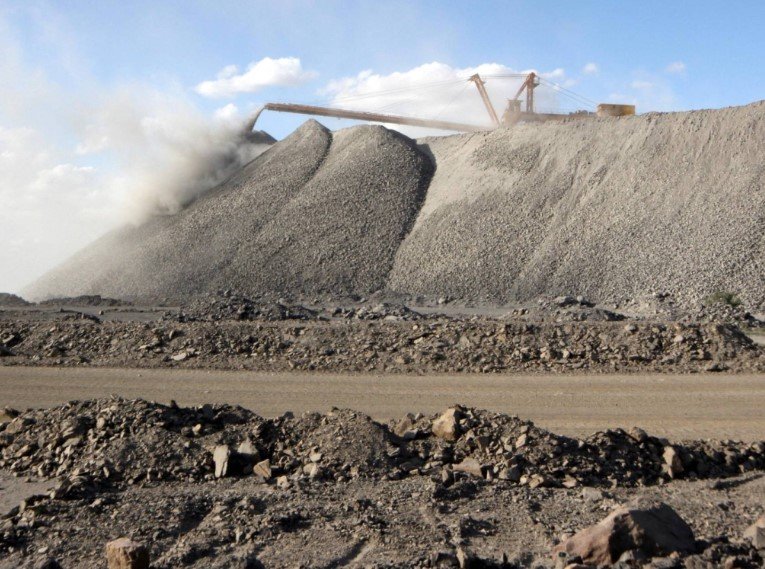A sweeping new trade deal between the U.S. and China is apparently in the bag — at least according to President Donald Trump. But beneath the celebratory tone lies a tradeoff that’s raising eyebrows across industry and policy circles.
The agreement, which Trump called “done” pending a final nod from Chinese President Xi Jinping, includes Beijing lifting its tight curbs on rare earth exports. In return, the U.S. is easing restrictions on Chinese students and locking in a whopping 55% tariff on certain imports.
Rare Earth Leverage Worked
Let’s not kid ourselves — this one stings a little for Washington.
China’s stranglehold on rare earth minerals just proved its worth. In the past month alone, major U.S. automakers like Ford and Chrysler have been forced to scale down production due to critical shortages of rare earth-based magnets and alloys. These minerals are the invisible backbone of everything from EV motors to smartphones.
When it tightened exports earlier this year — citing national security — U.S. supply chains went into a tailspin. Inventories ran dry. CEOs started to panic. Behind closed doors, the pressure mounted fast.
A source close to the talks summed it up: “They had us over a barrel.”

What’s Actually in the Deal?
Details are still fuzzy, but here’s what we know so far from multiple reports and Trump’s own social media post:
-
China will resume full supply of rare earth minerals to U.S. manufacturers.
-
Magnets and alloys for tech and auto sectors will be exempt from new Chinese export taxes.
-
The U.S. will maintain a 55% tariff on selected Chinese imports — mostly finished goods, not raw materials.
-
Chinese students will again be allowed entry into U.S. universities after months of visa suspensions.
That last point has raised some heat among Trump’s usual allies, who have been pushing for tighter academic borders. But insiders say it was one of China’s key asks — and something Xi reportedly insisted on.
Industry Reaction: Relief with a Side of Resentment
The immediate response from U.S. industry? Mostly relief. But it’s a grudging kind of gratitude.
“This avoids a worst-case scenario,” said an executive at General Motors. “But we’re still looking at massive tariffs, and the supply instability spooked our entire planning system.”
Smaller manufacturers, especially in the tech sector, are even less thrilled. Some had already begun the costly shift of moving production out of China — and now feel like they’ve been left hanging.
Here’s a snapshot of where the pain was hitting hardest before the deal:
| Sector | Rare Earth Dependency | Recent Impact |
|---|---|---|
| Auto (EVs) | High (magnets) | Ford, Chrysler scaled down lines |
| Consumer Electronics | Very High | Component delays at Apple suppliers |
| Defense | Moderate | Pentagon raised red flags on radar systems |
One Silicon Valley exec who requested anonymity said, “This is whiplash. We’ve spent millions reshoring production, and now the rules just changed again.”
Trump’s Messaging: Victory or Spin?
President Trump, never one to mince words, announced the agreement as a personal win.
“Our deal with China is done,” he wrote on Truth Social. “They’ll supply us any necessary rare earths and magnets. We’ll keep things fair but tough.”
But analysts say this is more nuanced than a victory lap.
Yes, securing the rare earth supply is crucial. But the 55% tariff suggests the U.S. gave up significant ground to get there. And reopening the academic door to Chinese nationals may not sit well with hardliners in Congress.
“There’s a real sense this was a face-saving move,” said Rebecca Harding, a trade analyst based in Washington. “Trump had to get rare earths back online before the election year. This was the fastest way to do it.”
China’s Upper Hand?
Beijing, for its part, has stayed mostly quiet. But state media did publish a strongly worded editorial hailing China’s “strategic discipline” and “smart economic positioning.”
Translation? They feel like they won.
By wielding rare earths as a geopolitical lever, China forced Washington to blink — and extracted favorable terms in the process.
A quick list of what China walks away with:
-
Rare earths back in the U.S. market — with control still in Beijing’s hands.
-
Re-entry for thousands of Chinese students — many of whom end up in STEM fields.
-
No meaningful U.S. move toward reshoring rare earth processing — at least for now.
What’s Next?
Here’s the tricky part. The deal might be done — but the landscape it leaves behind is still rocky.
U.S. lawmakers are already calling for a deeper review of the agreement. Some are warning that over-reliance on China for strategic materials hasn’t been solved — just papered over.
And long-term? There’s still the underlying problem: the U.S. doesn’t have a viable domestic rare earths processing industry. Not yet.
So while today’s crisis is defused, the next one might already be brewing.
